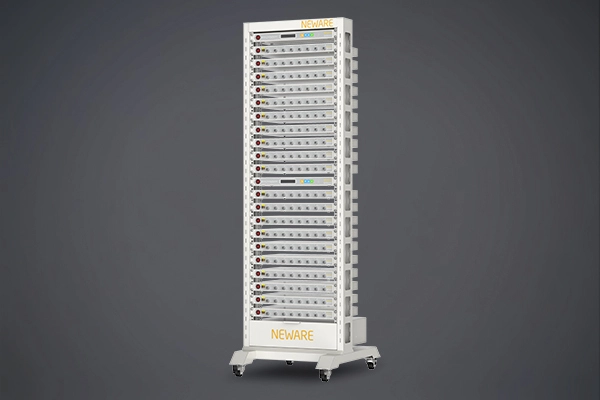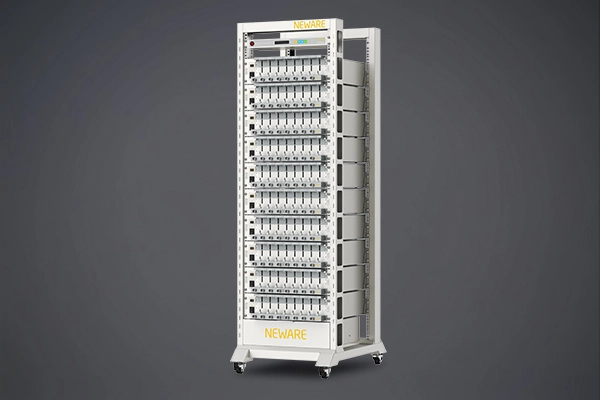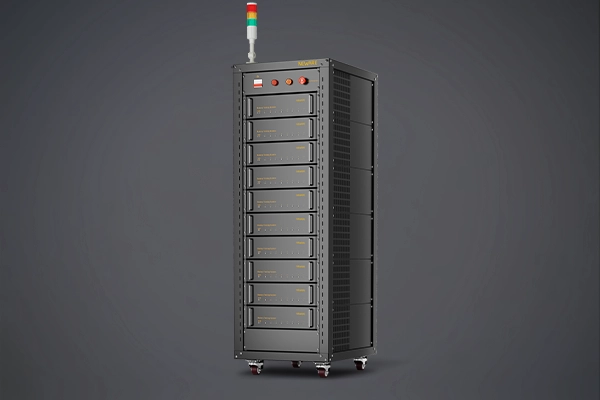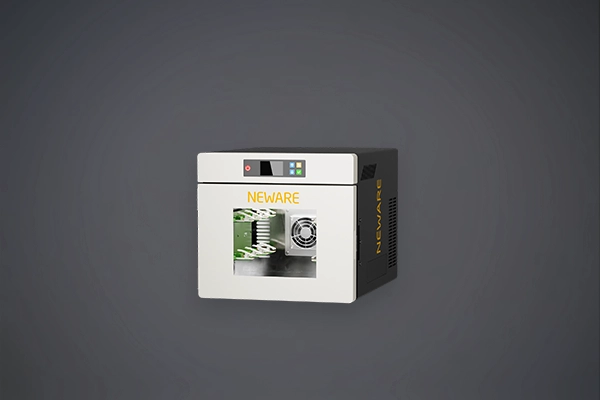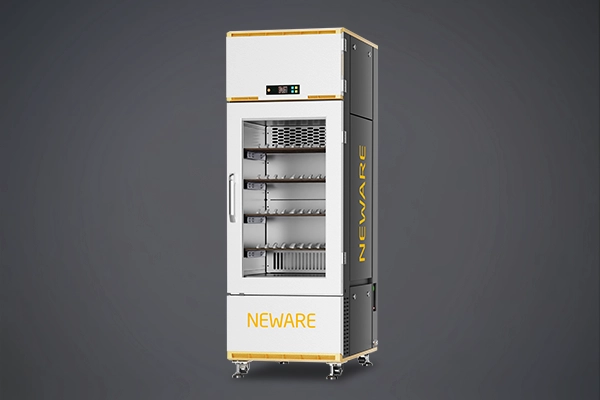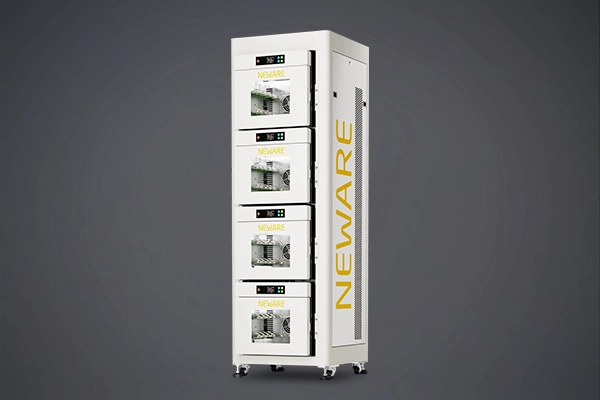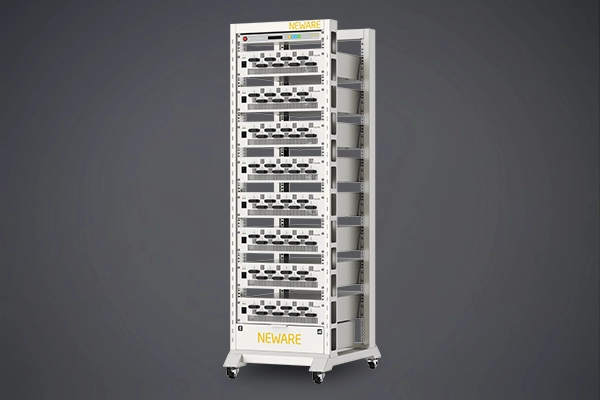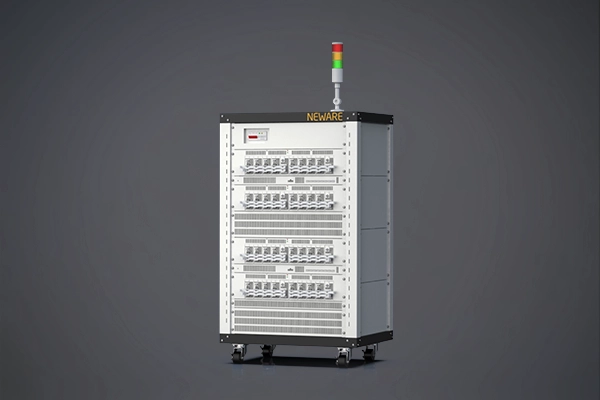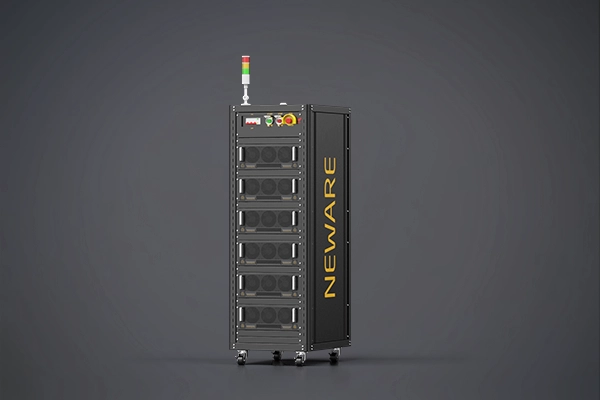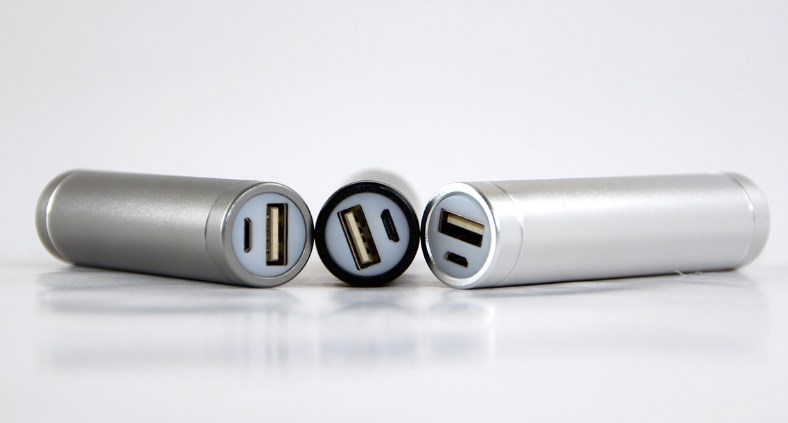
When a battery is charged with constant current until the specified voltage is reached, the voltage at this point is not its true voltage, meaning the battery is not fully charged. To continue charging, if not limited by voltage, the battery voltage would continue to rise, causing polarization at the electrodes and damaging the battery structure.
Constant voltage charging is a method of charging with a constant voltage. During the charging process, as the battery capacity increases, the voltage gradually approaches the set voltage. To maintain a constant voltage, the battery current gradually decreases. For example, after 5 minutes of constant voltage charging, the battery voltage is 4.1 V, and the current is 80 mA. If the current is increased to 100 mA, the voltage will exceed 4.1 V. Conversely, if the current is reduced to 60 mA, the voltage will be below 4.1 V. As constant voltage charging progresses, the battery capacity increases, and the required current to maintain 4.1 V decreases until reaching the set minimum current value, indicating the completion of the charging process.
NEWARE's powerful battery testing system supports the mentioned functions, allowing users to choose functionalities based on their specific needs. For more information, please visit the product details page on the website.
